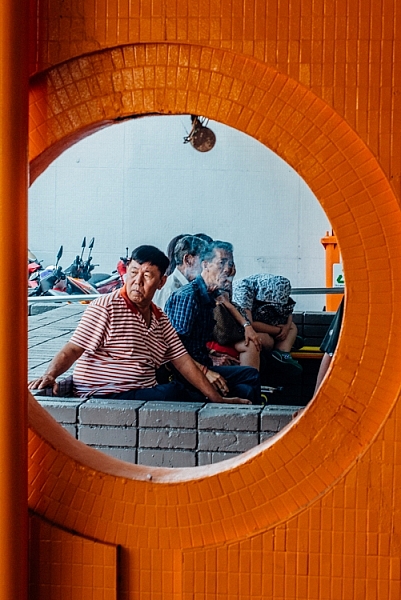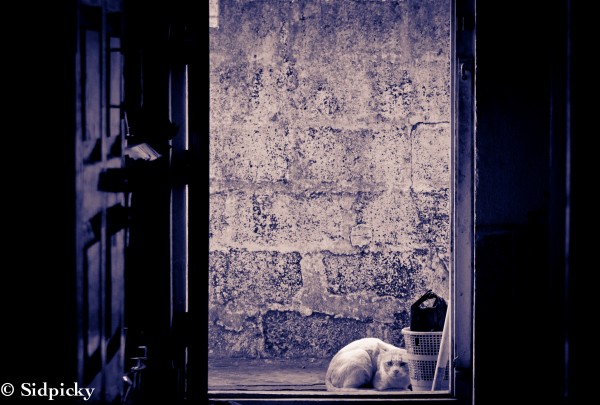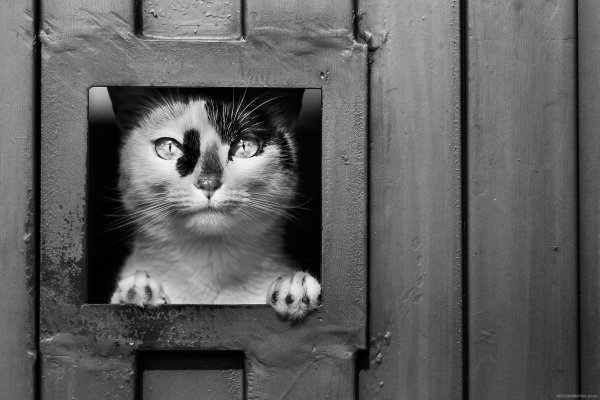 |
A recent update for the DxO ONE has introduced framing assistance via the camera’s built-in OLED when the device is used in standalone shooting mode. A monochrome live image preview is displayed on the camera’s small, rear screen to improve the experience of using the camera without connection to an iPhone. The camera is also offered at a lower $ 499 price point, without software bundled.
Firmware 1.3 also introduces a motion blur alert feature, as well as a modified interface for selecting white balance, metering and focus mode. When sharing photos, you’ll now see a visual confirmation of a successful upload, and JPEG compression level can be specified.
The app update is available now for free through the App Store, and camera firmware can be updated through the camera itself. The DxO ONE is available now for $ 499.
Press release:
DxO ONE now features a dramatically enhanced stand-alone experience
DxO unbundles desktop software to make the camera available at a new low price of just $ 499
Press release:
PARIS, March 2, 2016 /PRNewswire/ — DxO announced today the immediate availability of yet another ground-breaking update to the award-winning DxO ONE professional quality connected camera for iPhone® and iPad®. The version 1.3 update, available for free via the iTunes App Store, introduces several new features that further extend the use of the DxO ONE, including the ability to use the OLED display as a novel framing assistant to help quickly compose while operating the camera with one hand. Additionally, DxO has unbundled their desktop software from the package (DxO FilmPack and DxO OpticsPro now sold separately), enabling even more photographers to get their hands on the revolutionary DxO ONE camera at a new low price of just $ 499.
“That is one trippy amazing viewfinder — love it!” said award-winning photographer, John Stanmeyer. “Even more wonderful, in very low light, the ONE handled all the complexities of ISO, focus, etc., instantly. Amazing. Perfectly fine for those rapid moments when you want to make an image, a RAW high res file, in any lighting conditions we’re placed in.”
Version 1.3, the second major upgrade to date, enables the DxO ONE to be used as a miniaturized pro-quality camera that is smaller, easier, and faster to shoot than any other camera on the market. To quickly capture life’s fleeting moments, simply pull the DxO ONE out of your pocket or purse, and in one movement, slide the lens cover open, compose the scene using the OLED display as a framing assistant, then depress the two-stage physical shutter button to lock focus and grab the shot. In stand-alone mode, the DxO ONE provides a fun, retro-style of photographing without “chimping,” and makes browsing newly captured images a surprising and delightful experience.
Best of all, when using the DxO ONE in stand-alone mode, all of your preferred camera settings for aperture, shutter speed, ISO, metering, white balance, etc. are preserved, exactly as you set them in the iOS app. For example, if you prefer to capture portraits at f/1.8, the camera will always be ready at f/1.8 when you pull it out of your pocket. And because the DxO ONE has a physical shutter button, it works even if you’re wearing gloves. So when you’re on the slopes, set the camera to 1/4000s (or higher), then when you pull the camera out of your ski jacket the DxO ONE is immediately ready to freeze fast action.
“During an assignment for Rolls-Royce Motor Cars I had the misfortune of seriously injuring myself during a biking accident,” said Robert Leslie, professional photographer and amateur cyclist. “Much to my client’s surprise I was able to complete the studio session and capture some incredible images while using the DxO ONE in the new stand-alone mode. Now what other camera in the world lets you do a professional shoot whilst your arm is in a sling with a broken collar bone?”
Version 1.3 also introduces a host of other features including motion blur alert, and an elegant new way to dial in white balance, metering and focus modes, which can also be viewed as overlays in the viewfinder along with your iPhone battery level. Browsing photos is faster than ever, with the gallery now sorted in the same order as in iOS Photos. You can be sure your images were successfully shared thanks to a new visual confirmation message, and you can set a preferred JPEG compression level for photos, and bitrate for videos. Of note, an innovative Message Center now provides a direct connection to DxO, with in-app access to current information designed to help you get the most out of your DxO ONE.
DxO ONE owners are invited to download and install version 1.3, which is available as a free update via the iTunes App Store. New firmware, also immediately available, can be downloaded to the iPhone and installed on the DxO ONE with a simple tap.
Pricing & Availability
The DxO ONE Miniaturized Pro Quality Camera™ for iPhone® and iPad® is available for purchase at dxo.com, Amazon, Apple online and select Apple stores in the US, B&H and other respected photo retailers for the new low price of $ 499.
The DxO ONE iOS app and companion Apple Watch app are both available for free via the iTunes App Store. Every purchase of a DxO ONE camera also includes free access to simple, but powerful desktop processing software — DxO Connect for Mac and PC, and the new DxO OpticsPro for OS X Photos. DxO FilmPack and DxO OpticsPro are available for purchase separately.
Articles: Digital Photography Review (dpreview.com)



































 The way you frame and crop your shots has power to give a sense of size to a scene that may not actually be there.
The way you frame and crop your shots has power to give a sense of size to a scene that may not actually be there.


You must be logged in to post a comment.